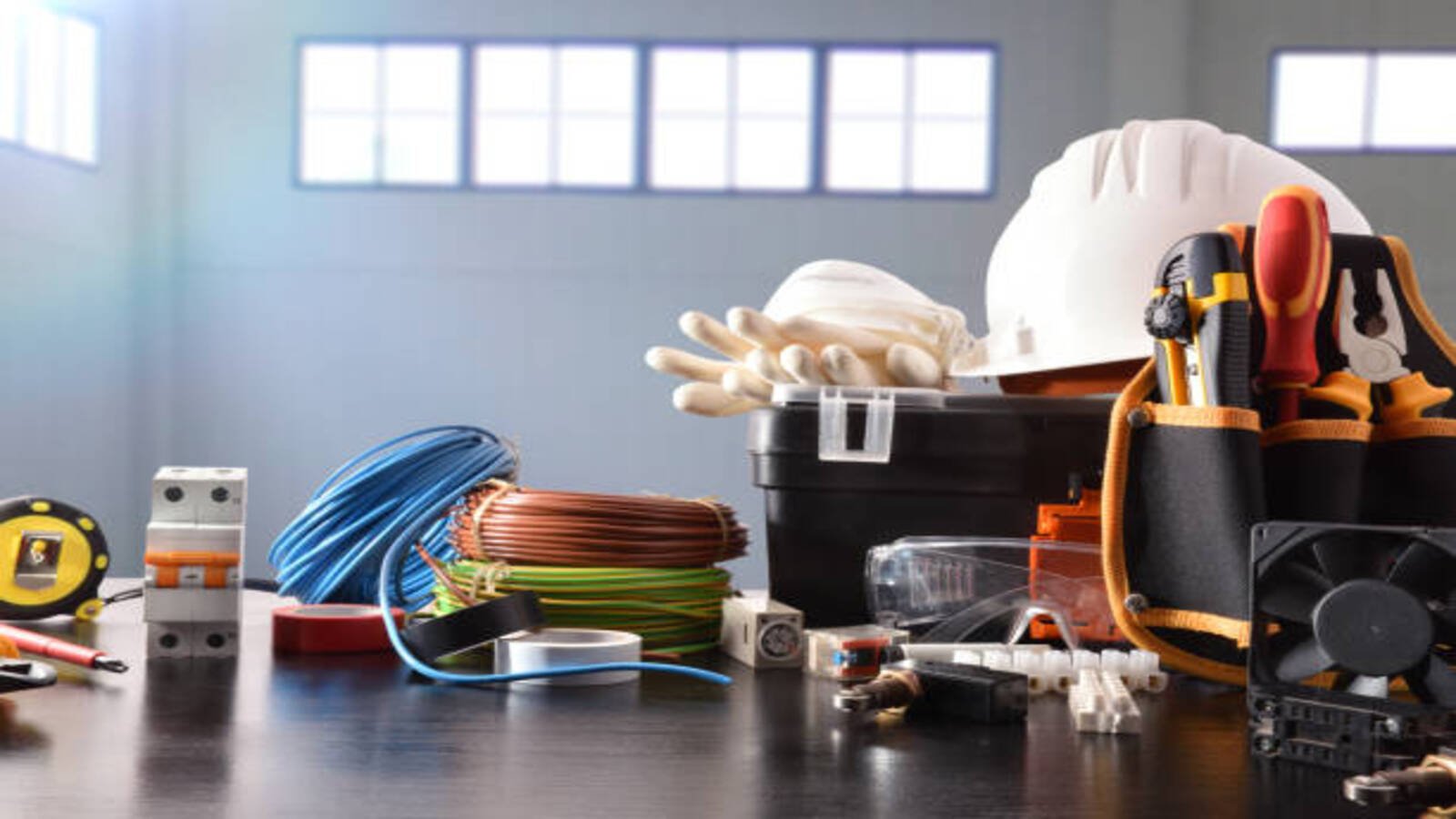Electroplating techniques for switchgear mechanical components: A Comprehensive Guide
The use of switchgear mechanical components is instrumental in ensuring the safe distribution of electricity. However, these components are often subject to wear and tear, which can pose a significant safety risk for workers and the public. To prevent this, electroplating techniques are becoming increasingly popular to enhance the longevity and functionality of switchgear mechanical components.
What is Electroplating?
Electroplating is a process of applying a metallic layer on a substrate through electrochemical deposition. In the case of switchgear mechanical components, it involves a complex process to apply a thin layer of metal on the component surface to protect it from corrosion, improve its surface hardness, reduce friction, and enhance its electrical conductivity.
Why Electroplate Switchgear Mechanical Components?
Switchgear mechanical components are exposed to harsh environments, including moisture, salt, and chemicals, which can cause them to corrode, wear out or break down. The use of electroplating techniques creates a barrier between the component surface and the environment and prolongs its lifespan, saving businesses money in the long run. It also adds further benefits such as enhancing the component's surface finish, improving its electrical properties, and creating a better adhesion surface for paint or coatings.
Types of Electroplating Techniques
There are several electroplating techniques that can be used for switchgear mechanical components. These include:
- Zinc-Nickel Electroplating: Zinc-nickel electroplating is the most commonly used method for switchgear mechanical components. It offers excellent corrosion and wear resistance and has a low coefficient of friction. Zinc-nickel electroplating is ideal for components subjected to high levels of abrasion and friction, such as bearings and gears.
- Tin Electroplating: Tin electroplating enhances the performance of switchgear mechanical components by improving their contact resistance and increasing their electrical conductivity. Tin electroplating is often used for components that require a low contact resistance, such as electrical connectors and terminals.
- Silver Electroplating: Silver electroplating offers excellent electrical conductivity and is often used for switchgear mechanical components that require high levels of electrical conductivity, such as busbars and circuit breakers. Silver also provides excellent lubricity, which is essential for the smooth operation of the components.
- Nickel Electroplating: Nickel electroplating is often used for switchgear mechanical components that are exposed to harsh environments. Nickel offers excellent corrosion resistance and has a high level of hardness, making it ideal for components that require high wear resistance, such as shafts and couplings.
Preparation of Switchgear Mechanical Components for Electroplating
Proper preparation of switchgear mechanical components is essential to ensure the effectiveness of the electroplating process. Here are some of the preparatory steps to consider:
- Thoroughly clean the surface of the component before electroplating to remove any contaminants or dirt.
- Prepare the surface of the component by sandblasting, grinding, or other suitable methods to create a suitable adhesion surface for the electroplating material.
- Ensure that the component is free of any oil, grease, or other substances that may interfere with the electroplating process.
- Mask any areas that need to be protected from electroplating material. For example, terminals or contact points that need to remain electrically conductive.
The Electroplating Process
The electroplating process for switchgear mechanical components involves the following steps:
- The component is thoroughly cleaned to remove any contaminants or dirt.
- The component is then immersed in an electrolytic solution containing the desired types and concentrations of metal ions.
- Electric current is applied to the solution, causing the deposition of metal ions onto the component's surface.
- The component is removed from the solution, rinsed with clean water, and dried.
Quality Control of Electroplated Components
Quality control of electroplated components is essential to ensure that they meet the desired specifications. Here are some of the quality control measures that can be used:
- Conducting tests to ensure that the component's surface hardness meets the desired level.
- Performing salt spray testing to determine the component's corrosion resistance.
- Conducting visual inspections to ensure that there are no defects or imperfections on the component surface.
- Performing adhesion testing to ensure that the electroplating material is firmly attached to the component surface.
The Benefits of Electroplating Switchgear Mechanical Components
Switchgear mechanical components that are subjected to harsh environments can benefit significantly from electroplating. Here are some of the benefits of electroplating switchgear mechanical components:
- Improved resistance to corrosion and wear.
- Improved surface hardness.
- Reduced friction.
- Improved electrical conductivity.
- Enhanced surface finish.
- Creating better adhesion surface for paints and coatings.
- Increased component longevity, reducing downtime and maintenance costs.
In Conclusion
Electroplating techniques for switchgear mechanical components are becoming increasingly popular due to their ability to prolong the component's lifespan and enhance its performance. By selecting the correct method and implementing proper surface preparation and quality control measures, businesses can increase the safety of their work environment and reduce maintenance costs in the long run.

